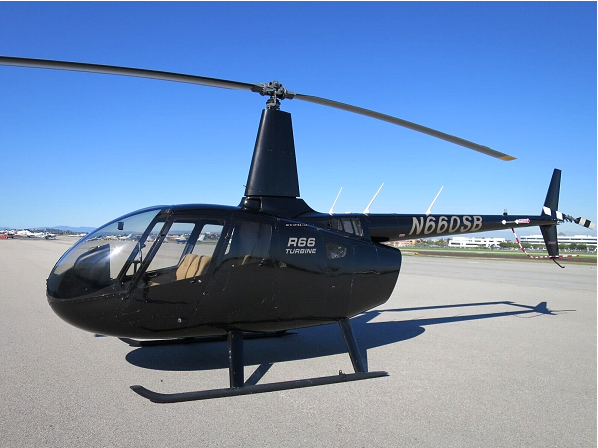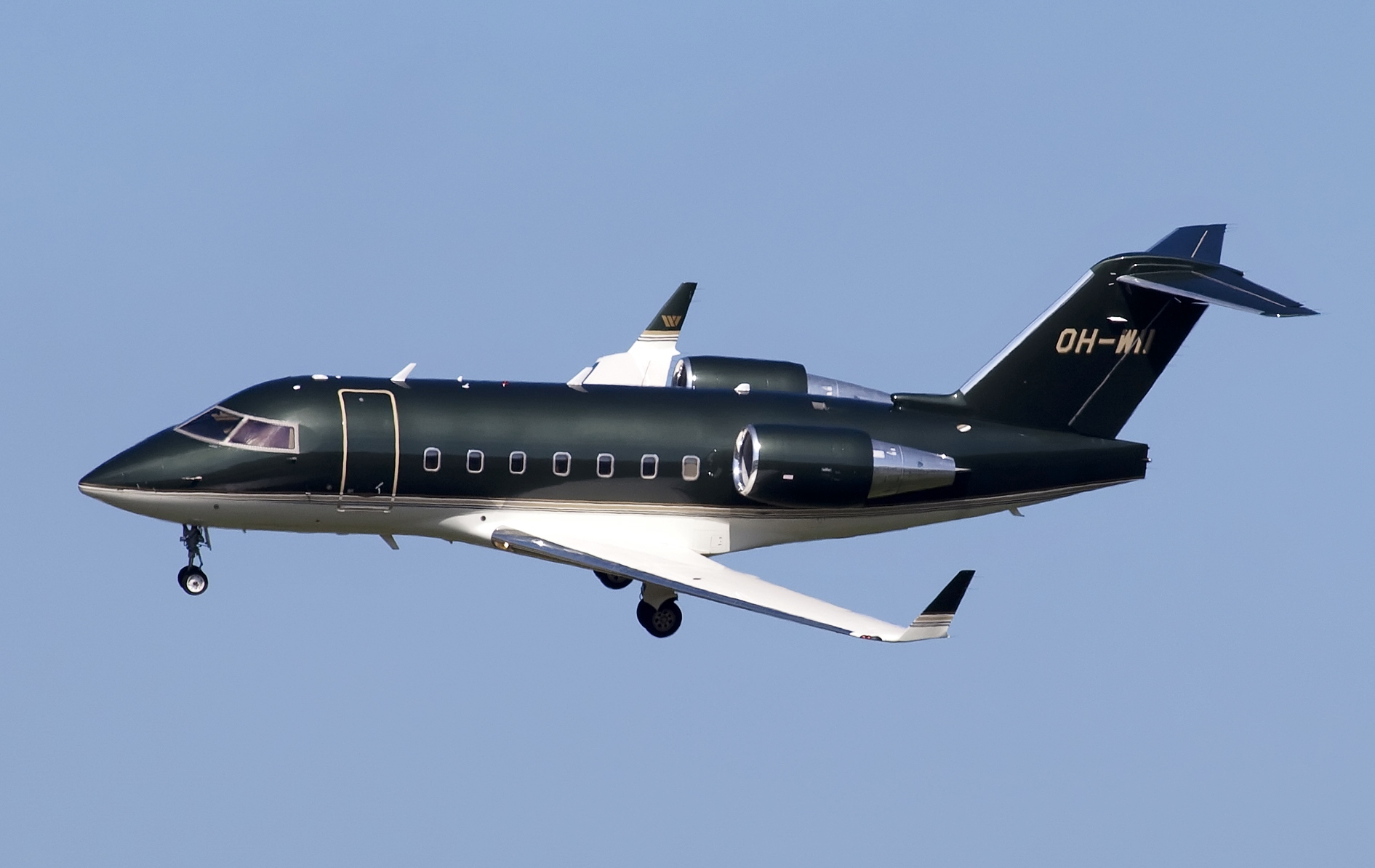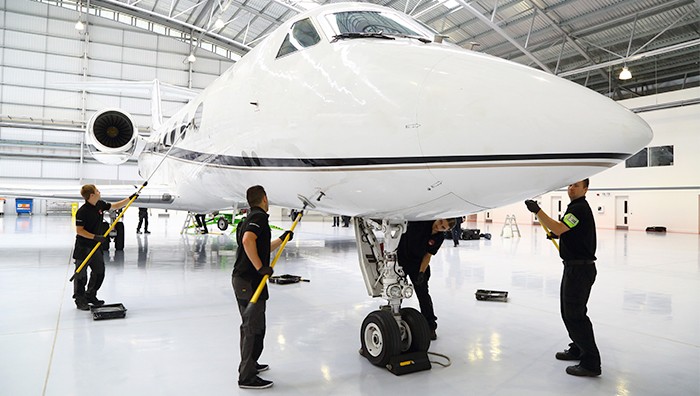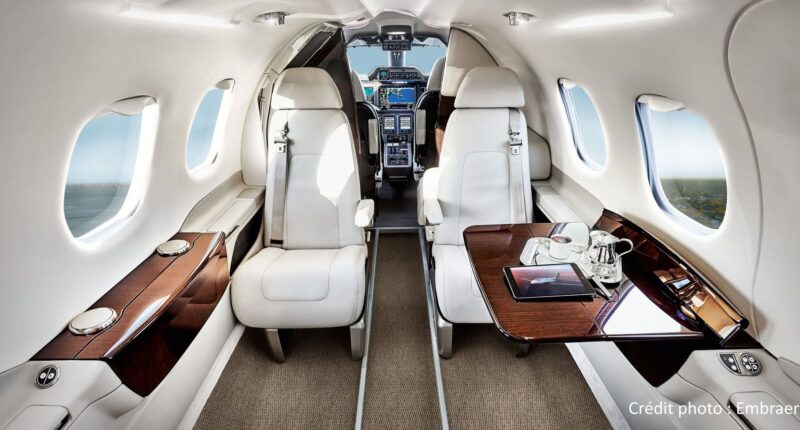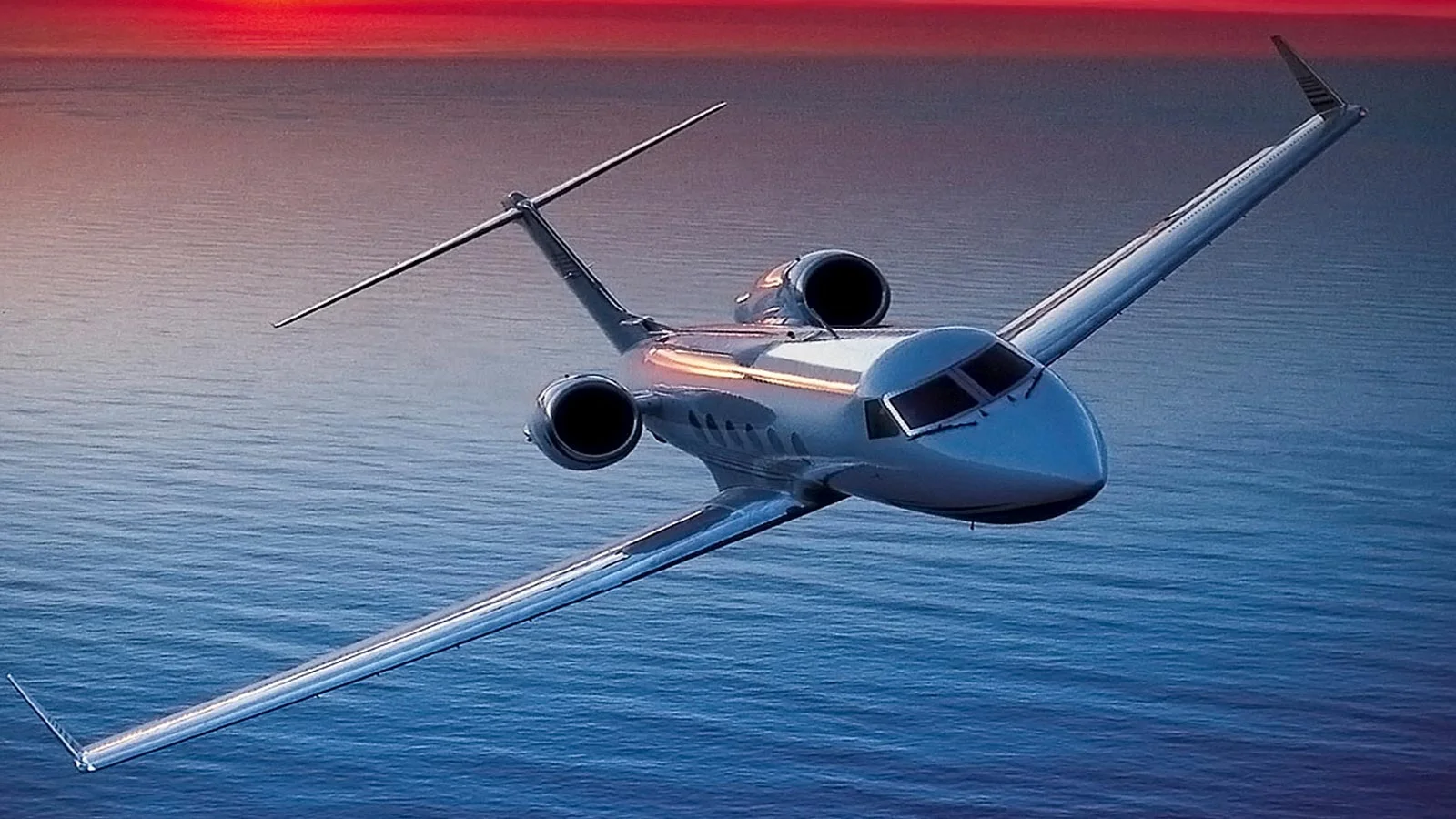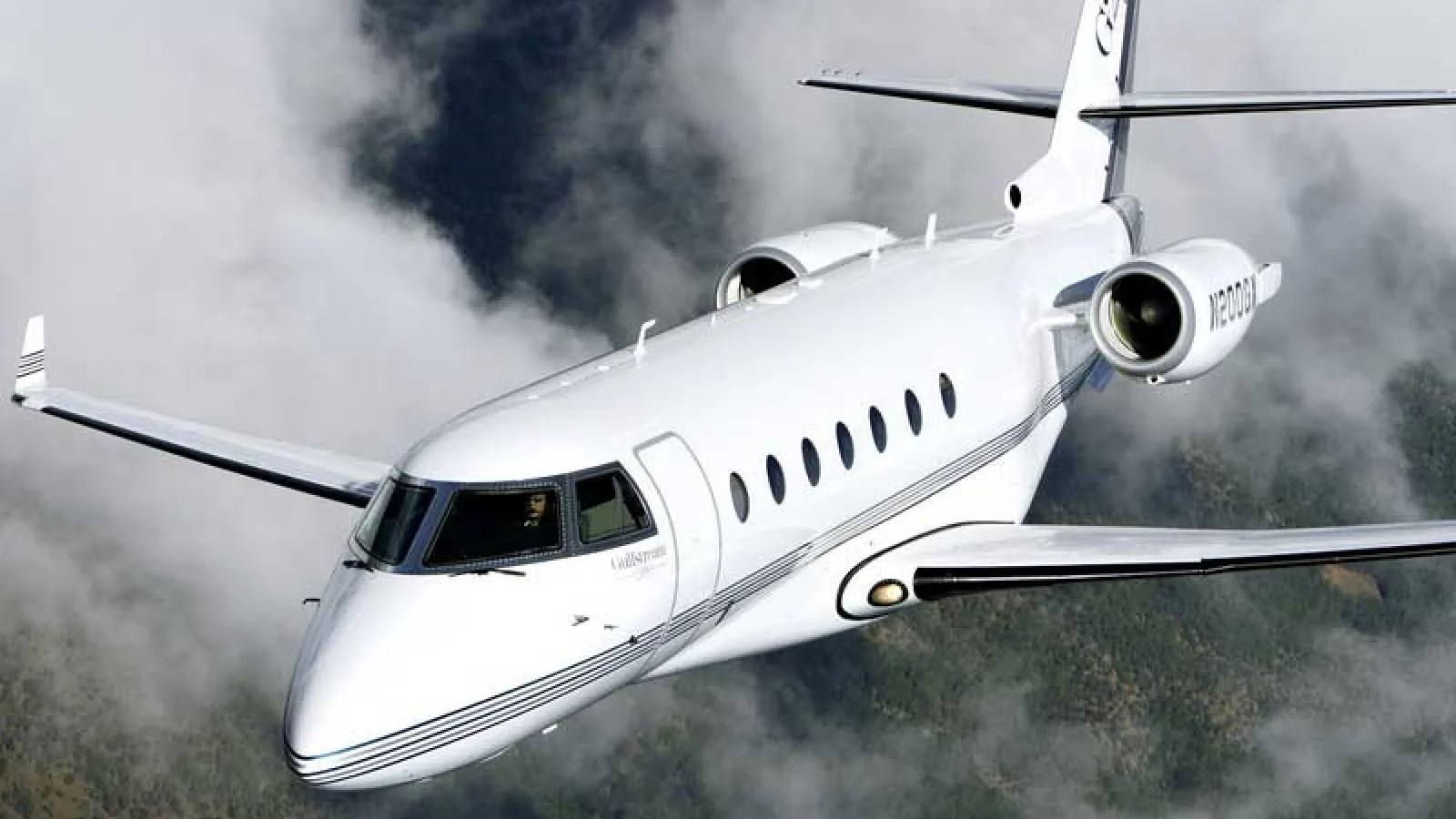The Cirrus Vision Jet Review and Flying Test
8 min read
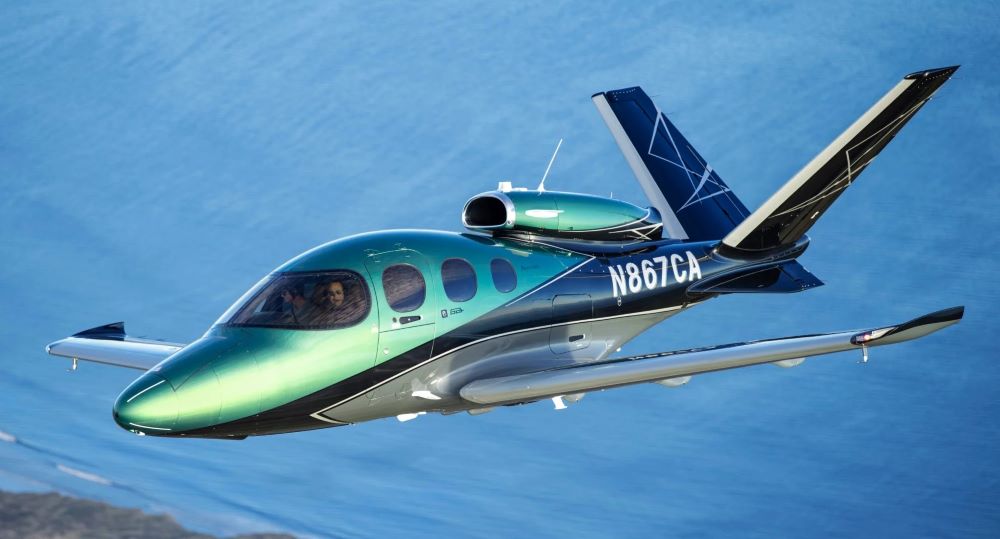
This new type of aircraft brings together jet propulsion and advanced avionics coupled with the performance, efficiency, anticipation and safety Cirrus has come to stand for.
This guide provides an overview of the Vision Jet – from its development and design to ownership costs, capabilities and all-around value as a light personal jet.
If you are and aviation buff or looking to buy an airplane, read on about why this plane is raising eyebrows in the general aviation community.
A Brief History of the Vision Jet
Cirrus Aircraft, which has been a groundbreaker in small aircraft design for more than 20 years, realized the Vision Jet.
The Minnesota-based company is well known for using composite materials and incorporation of advanced safety technology including the Cirrus Airframe Parachute System (CAPS).
Cirrus also announced a new personal jet in 2006, a design powered by a single Williams FJ33 turbofan engine that it claims will cruise in excess of 300 knots. Such a propulsion system would be paired with the latest in avionics, including but not limited to Garmin G3000 flight deck.
The Cirrus Vision SF50 finally took to the skies for its maiden flight on July 3, 2014 in Duluth after years of testing and development. It was FAA-certified in 2016, making it the first very light jet to achieve such certification and allowing customers to begin taking delivery by late-2016.
The Vision Jet represents the their most advanced engineering experience at Cirrus Aircraft. Cessna's new flagship, it combines jet performance with the modern safety of CAPS and ease of operation through a high level of automation.
Vision Jet Specs Summary
Even as an ultra light jet, the Vision Jet has a great set of performance specs and capabilities:
- Length: 30 ft 10 in
- Wingspan: 38 ft 4 in
- Height: 11 ft 5 in
- Max Cruise Speed: 345 knots
- High Speed Cruise: 333 knots
- Maximum Range: 1,200 nm
- Service Ceiling: 28,000 ft
- Cabin Width: 4.1 ft
- Williams FJ33-5A Engine (thrust: 1,846 lb)
- Avionics: Integrated flight deck with Garmin G3000
- CAPS Whole Airframe Parachute
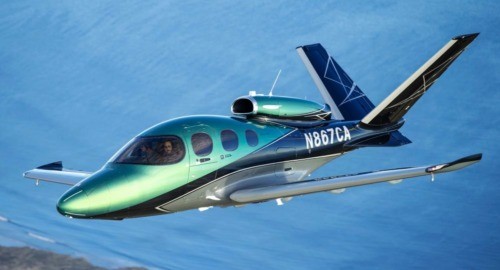
The Vision Jet weighs only 3,500 lbs empty and can take off from runways less than 3,500 ft long. It is equipped for 5 adults and 2 kids in its cabin, while the baggage compartment serviced externally can fit golf clubs, skis, luggage and much more.
The Vision Jet boasts more range, payload and operational efficiencies than early very light jets. This enables a broader range of flights and missions - from everyday commuting to family vacations.
Operating Costs and Ownership Considerations
Perhaps the biggest consideration for many potential purchasers of a personal jet is going to be cost of ownership and operation. Here is a little more about the Vision Jet and what it entails;
Fuel Efficiency The Vision Jet is known for being a frugal aircraft, burning on average 62 to 65 gallons of fuel per hour. Such low fuel flows, compared to more than 70 gph for other very light jets, aid in decreasing overall operating costs.
Maintenance Requirements The Vision Jet has very low maintenance requirements in part due to its straightforward single-engine configuration. You can expect inspection and maintenance costs to range from $30,000 to $50,000 per year. It's routine maintenance, not unlike piston singles, as opposed to more complicated twin-engine jets.
Cost per Flight Hour All in, from fuel and maintenance to insurance and whatnot, that's about $1,200 to $1,500 per flight hour. That's highly competitive with comparable jets, particularly since the Vision Jet offers a much greater distance and capability.
Price and Financing Options The Cirrus Vision Jet starts around $1.9 million, but the sky's the limit on fully outfitted models sticker price that can top $2.5 million. Financing options are available to put ownership in reach for qualified buyers.
Training Requirements Pilots will be required to have, at a minimum, a Private Pilot’s License with Instrument Rating to fly the Vision Jet. Transition training is also advised to become familiar with the aircraft systems and the Gemini G3000 avionics.
In short, the Vision Jet provides an unparalleled combination of jet performance, operating economics and owner-flown safety. It's an ideal aeroplane to think about for anyone in the market for a more approachable personal jet.
What Does Competition Look Like for the Vision Jet?
The Cirrus Vision Jet also created a new niche as this class' first single-engine very light jet. So how does it measure up with other small jets?
The Vision Jet is most directly up against Embraer's Phenom 100, Cessna's Citation M2, and Honda's HondaJet. Taking a look at how they stack up against each other:
Phenom 100
- 3-4 passenger capacity
- ~$4 million acquisition cost
- 1,160 nm range
- 390 knots max speed
Citation M2
- 3-5 passenger capacity
- ~$5 million acquisition cost
- 1,300 nm range
- 400 knots max speed
HondaJet
- 4-5 passenger capacity
- ~$5 million acquisition cost
- 1,223 nm range
- 420 knots max speed
Although the Vision Jet is slower and has a shorter range than these light jets, it offers safety, operating efficiency, and comfort in ways that simply cannot be matched with. If access to straightforward owner flown jet capabilities is a core requirement for pilots, the Vision Jet shines.
Vision Jet Popularity and Market Outlook It has also seen increased delivery numbers and growing market presence since its launch:
- More than 400 delivered globally as of early 2023
- Awarded for Design Innovation
- High interest from current Cirrus customers entering the jet market
- Drawing new buyers who prize integrated safety, performance, and comfort
For those moving from a sophisticated piston aircraft to an actual personal jet, the Vision Jet has earned its place as the king of that segment. It is nicely positioned to continue expanding its slice of the single-pilot jet segment for years to come.
Key Features and Amenities
Flying the Vision Jet What about beyond the numbers? So, here are some of its key features and amenities:
Spacious, Comfortable Cabin The Vision Jet has a bright, spacious cabin with 6 large windows and stand-up headroom inside. Buyers can choose between leather seats for 5 adults and two kids. The rear lav and externally accessed baggage space provide optimal cabin volume.
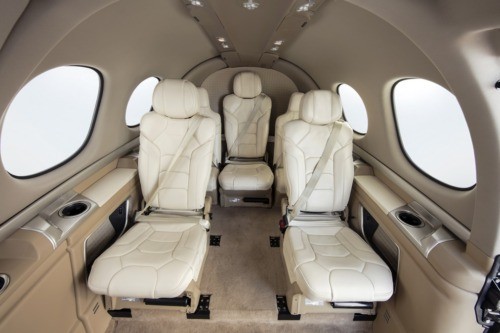
User-Friendly Flight Deck Well-designed Garmin G3000 avionics package makes situational awareness very simple. It combines navigation, communication, and flight planning and vehicle management into large 14″ displays. Pilot workload is reduced by automation such as auto throttles.
Advanced SA The Vision Jet flight deck is equipped with state-of-the-art vision-enhancing systems that far exceed minimum instrumentation. Highlights include:
- Synthetic Vision Technology (SVT) - Presents digital 3D rendering of terrain, obstacles
- Enhanced Vision System (EVS) - Uses infrared camera to boost visibility in low light conditions
The combination of these tools offers pilots unprecedented situational awareness.
Signature Cirrus Safety Systems
True to its Cirrus heritage, the Vision Jet comes standard with CAPS-the whole aircraft parachute system that has become an additional layer of safety. In the event something goes wrong, the parachute is capable of bringing the aircraft itself down to ground level gently.
CAPS is a true benefit for holders of the Vision Jet that can provide a personal safety net for pilots who want one.
Why Choose the Vision Jet?
Selecting the Vision Jet ultimately boils down to how it fits the lifestyle of their aviation buyers. Here are some of them:
Cirrus Safety Systems - The Vision Jet is the next evolution of Cirrus's proven safety systems. CAPS offers one of the most unique forms of insurance available in aviation.
Owner Flown Simplicity - Single pilot workload is decreased through automation, redundancy, and the Garmin interface. It is intended to be simple and easy to operate from the private owner standpoint.
Williams FJ33 Engine - The Vision Jet is a class leader when it comes to fuel efficiency engine, which helps save on operating costs.
Easy Transition to Jets – Those who already have experience flying a Cirrus will find it easier to transition into a personal jet. The aircraft draws design philosophy from its piston siblings.
New Possibilities for Travel - Vision Jet travel possibilities exceed the limits of piston aircraft with extended range and jet speeds Make longer journeys shorter or widen your circle of reachable destinations.
Proven, Durable Airframe - Cirrus has refined its carbon fiber composite airframe technology over two decades. Those same principles are at play in the Vision Jet, yielding a strong structure able to withstand plenty of bumps.
The Performance Fusion - How many personal aircraft can fly as fast and high as a jet but takeoff and land on the same short field length as a piston single? This is one of its main benefits.
Better Ride Comfort and Refined - While light in weight, passengers appreciate the ride quality as stable and smooth. That alone makes the Vision Jet terrific on any distance trip.
Future Design and Upgrade Potential - As a clean-sheet design, the Vision Jet is built on current practices that can allow for future upgrades in avionics, powerplants and capabilities in the coming years.
Drawbacks to Consider
Naturally, the Vision Jet is not without its faults. A few of the tradeoffs to think about are as follows:
Single Engine Complexity - Although single engine jets are less complex than their multi-engine counterparts, they do require owners to adhere to more stringent maintenance schedules. The second engine provides some extra margin of safety.
Range Restrictions - Although its ~1,200 nm max range is very good, it still has a hard time competing with the longer legged cross-country ability of larger midsize jets. That may limit its appeal to many international travelers.
Ownership Costs - Purchase, insurance, maintenance and training costs keep the Vision Jet out of reach for many buyers. We increase affordability through fractional ownership.
Little Room For Luggage - Between those passenger legs and that baggage, packing for long trips may require some strategizing.
Final Thoughts
The Cirrus Vision Jet leads the way in personal aviation, and every individual safety system is only part of the story; with an unmatched unique combination of safely systems, performance and flyability meets excellence. Jet speeds and versatility finally delivered within reach of owner-pilots looking for easier operation with a silent revolution.
If you want to make the jump to jets or need something truly special for travel and comfort, the Vision Jet provides a lot of options. Not every pilot will go for it, but the mere fact that its gaining popularity proves how alluring this aircraft with a niche capability and strengths is.
